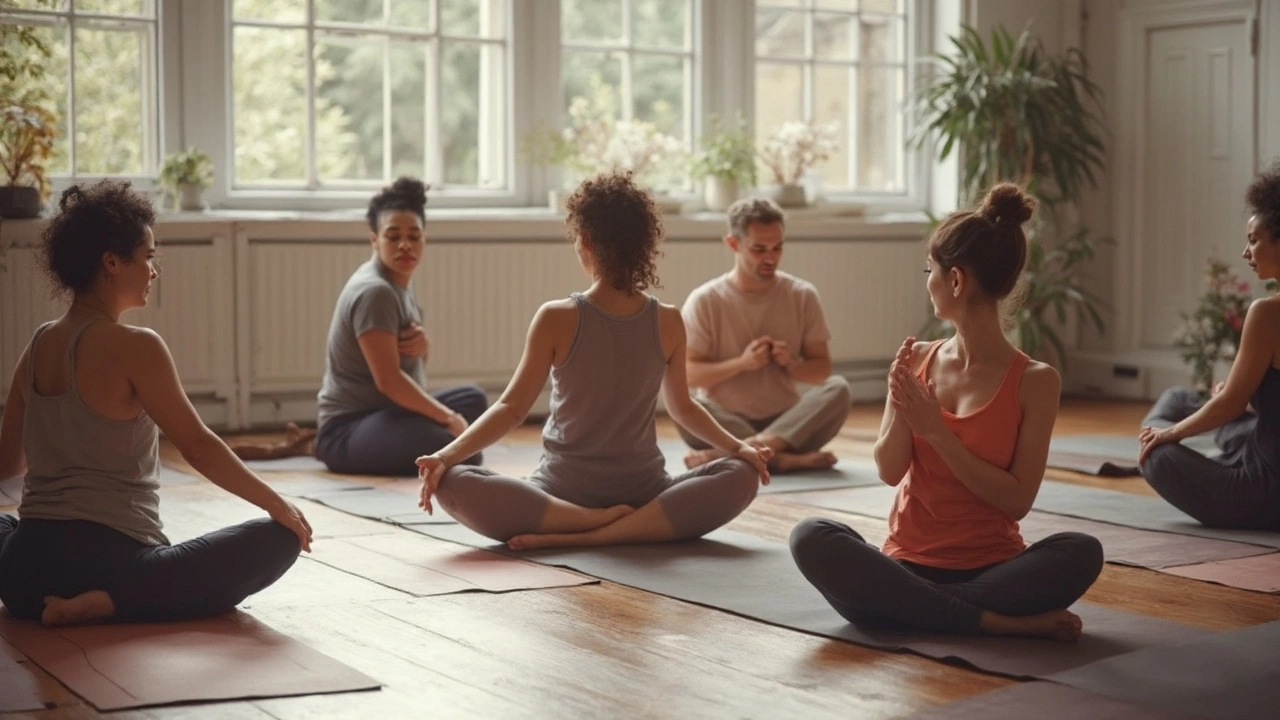Feldenkrais training — learn to move easier and pain less
Feldenkrais is a quiet but powerful way to change how your body moves. Instead of forcing muscles, it teaches you to notice small differences and let better patterns emerge. That matters whether you sit at a desk, lift weights, or work with clients in a massage studio.
What Feldenkrais training looks like
Training usually covers two core approaches: Awareness Through Movement (ATM) and Functional Integration (FI). ATM is group lessons where a teacher guides slow, precise movements while you pay attention to sensations. FI is hands-on, one-on-one work where the practitioner uses touch and gentle movement to lead you to easier patterns.
Serious practitioner programs often run over several years and total roughly 800–900 hours, including supervised practice and anatomy study. Certification rules differ by country, so ask how a program handles practice hours, assessment, and ongoing mentoring. Many trainings mix weekend modules, week-long intensives, and home study.
Why people train in Feldenkrais
Looking for specific wins? Expect practical gains: reduced pain, smoother posture, better balance, and improved coordination. Athletes and bodybuilders use Feldenkrais to refine movement without adding strain. Massage therapists and hands-on workers add it to their skillset to help clients keep results longer—massages feel better when the nervous system learns new patterns.
When choosing a training, try a few lessons first. Check the teacher’s lineage and whether the course includes anatomy, observation, and supervised FI practice. Small group sizes matter in the hands-on work. Also ask how the program supports new graduates—mentoring and practice groups make a big difference.
Simple practices you can try today
These quick exercises focus on attention, not effort. Do them slowly and stop if something hurts.
- Pelvis tilt in bed: lie on your back with knees bent. Rock your pelvis forward and back in tiny moves. Notice where movement feels easy and where it resists. Repeat for 5 minutes.
- Slow shoulder circles sitting: with feet on the floor, let shoulders roll in tiny arcs. Pay attention to differences between sides. Reduce speed until movement feels smooth.
- Gentle spine lengthening: sit tall and imagine little pauses between vertebrae as you breathe in. Make each small movement distinct and comfortable.
Feldenkrais is practical and subtle. If you want deeper change, look for a local ATM class or a trusted FI practitioner. In Prague or online, drop into a lesson and notice what shifts—often the first change is simply feeling safer in your own movement.
Discover how Feldenkrais training reshapes the way you move, improves flexibility, boosts posture, and sharpens body awareness for real-world benefits.


 Health and Wellness
Health and Wellness